Home>Gardening & Outdoor>Landscaping Ideas>When Do Grass Stop Growing
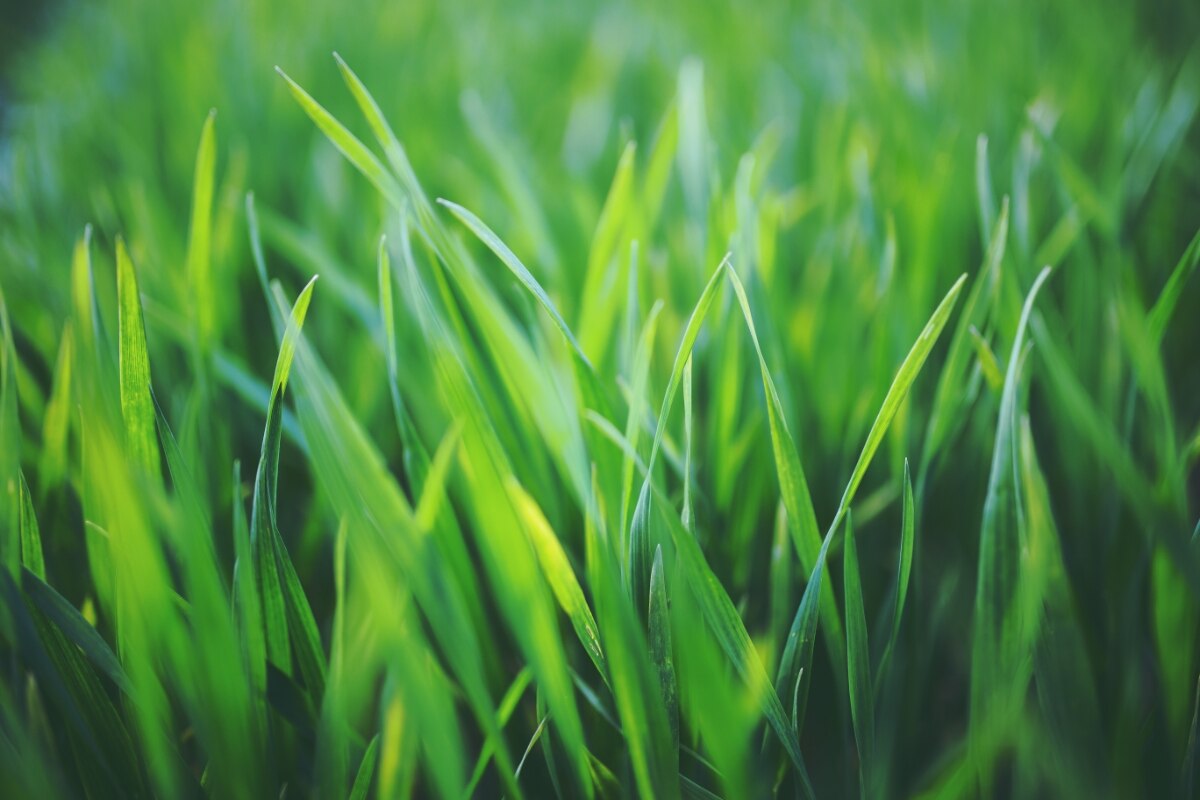

Landscaping Ideas
When Do Grass Stop Growing
Modified: February 18, 2024
Discover when grass stops growing and learn how to adjust your landscaping ideas accordingly. Find out the best practices for maintaining your lawn.
(Many of the links in this article redirect to a specific reviewed product. Your purchase of these products through affiliate links helps to generate commission for Storables.com, at no extra cost. Learn more)
Introduction
Whether you’re a seasoned gardener or a homeowner with a passion for maintaining a lush green lawn, understanding the growth patterns of grass is essential for its proper care. Grass, like all living organisms, has its own growth cycle influenced by various factors such as weather, soil conditions, and maintenance practices. Knowing when grass typically stops growing can help you plan your lawn care activities effectively and ensure that your green space remains healthy and vibrant throughout the year.
In this article, we’ll delve into the factors that affect grass growth, explore the seasonal changes that impact its development, identify the signs of grass growth slowdown, and provide practical tips for managing grass growth. By gaining insights into the intricacies of grass growth, you’ll be better equipped to nurture your lawn and achieve the verdant landscape you desire.
Key Takeaways:
- Grass growth is influenced by temperature, water, soil, light, maintenance, and grass species. Understanding these factors helps maintain a healthy lawn.
- Grass growth varies in different seasons, with spring being ideal for growth and winter causing slowdown. Recognizing signs of slowdown and proper management are crucial for a vibrant lawn.
Read more: When Grass Stops Growing
Factors Affecting Grass Growth
Grass growth is influenced by a myriad of factors, each playing a crucial role in determining the rate and vigor of its development. Understanding these factors is pivotal in maintaining a healthy and thriving lawn. Here are some key elements that affect grass growth:
- Temperature: The temperature of the environment has a significant impact on grass growth. Most grass species thrive in temperatures between 60-75°F (15-24°C). As temperatures exceed this range, growth may slow down, and in extreme heat or cold, growth can cease altogether.
- Water Availability: Adequate water is essential for grass growth. Insufficient water can lead to dormancy or slow growth, while excessive water can cause root suffocation and hinder growth.
- Soil Quality: The composition and health of the soil directly affect grass growth. Factors such as pH levels, nutrient content, and soil compaction play a vital role in determining the grass’s ability to grow and flourish.
- Light: Grass requires sunlight for photosynthesis, the process through which it produces energy for growth. Insufficient light can impede growth, particularly in shaded areas.
- Maintenance Practices: Proper mowing, fertilization, and aeration are essential for promoting healthy grass growth. Conversely, improper maintenance can stress the grass and inhibit its development.
- Grass Species: Different grass species have varying growth habits and requirements. Understanding the specific needs of the grass species in your lawn is crucial for fostering optimal growth.
By considering and managing these factors, you can create an environment that is conducive to robust grass growth, ensuring that your lawn remains lush and vibrant throughout the growing season.
Seasonal Changes in Grass Growth
Grass growth experiences distinct fluctuations as the seasons change, with each season presenting unique conditions that influence the pace of growth. Understanding these seasonal variations is essential for adapting your lawn care practices to support healthy grass growth throughout the year.
Spring: As temperatures rise and daylight hours increase, grass experiences a surge in growth during the spring season. This period of rapid growth is fueled by the availability of moisture and optimal temperatures, making it an ideal time for lawn rejuvenation and establishment.
Summer: In the peak of summer, the growth rate of grass may slow due to intense heat and potential water scarcity. Warm-season grasses thrive in these conditions, while cool-season grasses may enter a period of dormancy to conserve energy and moisture.
Fall: Fall brings favorable conditions for grass growth, with cooler temperatures and sufficient moisture creating an optimal environment for robust development. This season is ideal for overseeding, fertilization, and addressing any damage incurred during the summer months.
Winter: Grass growth typically slows or ceases during the winter months, especially in regions with frost or snow. While warm-season grasses may go dormant, cool-season grasses continue to grow at a reduced rate in milder climates.
By recognizing the seasonal dynamics of grass growth, you can tailor your lawn care efforts to provide the necessary support during each phase of the year, ensuring that your grass remains healthy and resilient in the face of changing environmental conditions.
Grass typically stops growing when the temperature drops below 50°F (10°C). This is because the cold weather slows down the metabolic processes in the grass, causing it to enter a dormant state.
Signs of Grass Growth Slowdown
Recognizing the signs of grass growth slowdown is crucial for implementing timely interventions to support the health and vitality of your lawn. By staying attuned to these indicators, you can address underlying issues and promote optimal growth. Here are common signs that may signal a slowdown in grass growth:
- Yellowing or Browning: When grass blades begin to yellow or brown, it can indicate stress or a lack of essential nutrients. This discoloration is often a sign of slowed growth and requires attention to address the underlying causes.
- Thinning or Patchiness: Areas of the lawn that exhibit thinning or patchy growth may signify a slowdown in grass development. This can result from factors such as compacted soil, inadequate sunlight, or nutrient deficiencies.
- Slow Recovery from Mowing or Foot Traffic: If your grass takes an extended period to recover from mowing or shows signs of compaction due to foot traffic, it may be struggling to sustain healthy growth.
- Decreased Shoot Production: A reduction in the production of new shoots and tillers is a clear indication of slowed grass growth. This can be influenced by environmental stressors, nutrient imbalances, or inadequate maintenance practices.
- Increased Weed or Pest Presence: A decline in grass growth can create opportunities for weeds to proliferate, signaling an imbalance in the lawn ecosystem. Additionally, heightened pest activity may indicate that the grass is under stress and unable to maintain vigorous growth.
By monitoring your lawn for these signs, you can take proactive measures to address the underlying issues and create an environment that fosters robust and consistent grass growth. Identifying and rectifying growth slowdown early can prevent further deterioration and contribute to the long-term health of your lawn.
Tips for Managing Grass Growth
Effectively managing grass growth is essential for nurturing a vibrant and resilient lawn. By implementing targeted strategies, you can promote healthy growth while addressing potential challenges that may hinder the development of your grass. Here are valuable tips for managing grass growth:
- Proper Mowing Practices: Regular and appropriate mowing helps maintain the health and vigor of the grass. Avoid cutting more than one-third of the grass blade length in a single mowing session to prevent stress and encourage robust regrowth.
- Adequate Watering: Ensure that your lawn receives sufficient water, particularly during dry periods. Deep, infrequent watering promotes deep root growth and enhances the grass’s resilience to fluctuating environmental conditions.
- Soil Aeration: Periodic aeration alleviates soil compaction, facilitating improved air and water penetration to the grassroots. This promotes healthy growth and nutrient uptake by the grass.
- Fertilization: Applying appropriate fertilizers at the right time and in the correct amounts provides essential nutrients that support vigorous grass growth. Understanding the nutrient requirements of your specific grass species is crucial for effective fertilization.
- Weed and Pest Management: Addressing weed infestations and managing pest activity is vital for minimizing competition and stress on the grass, allowing it to thrive and grow unhindered.
- Overseeding and Reseeding: Introducing new grass seeds through overseeding or reseeding can rejuvenate the lawn, fill in bare patches, and promote denser, healthier growth.
- Understanding Grass Species: Familiarize yourself with the specific growth habits and requirements of the grass species in your lawn. Tailoring your care practices to suit the unique needs of your grass can significantly enhance its growth and vitality.
By integrating these tips into your lawn care routine, you can proactively manage grass growth, mitigate potential setbacks, and foster a lush, resilient lawn that enhances the beauty of your outdoor space.
Frequently Asked Questions about When Do Grass Stop Growing
Was this page helpful?
At Storables.com, we guarantee accurate and reliable information. Our content, validated by Expert Board Contributors, is crafted following stringent Editorial Policies. We're committed to providing you with well-researched, expert-backed insights for all your informational needs.
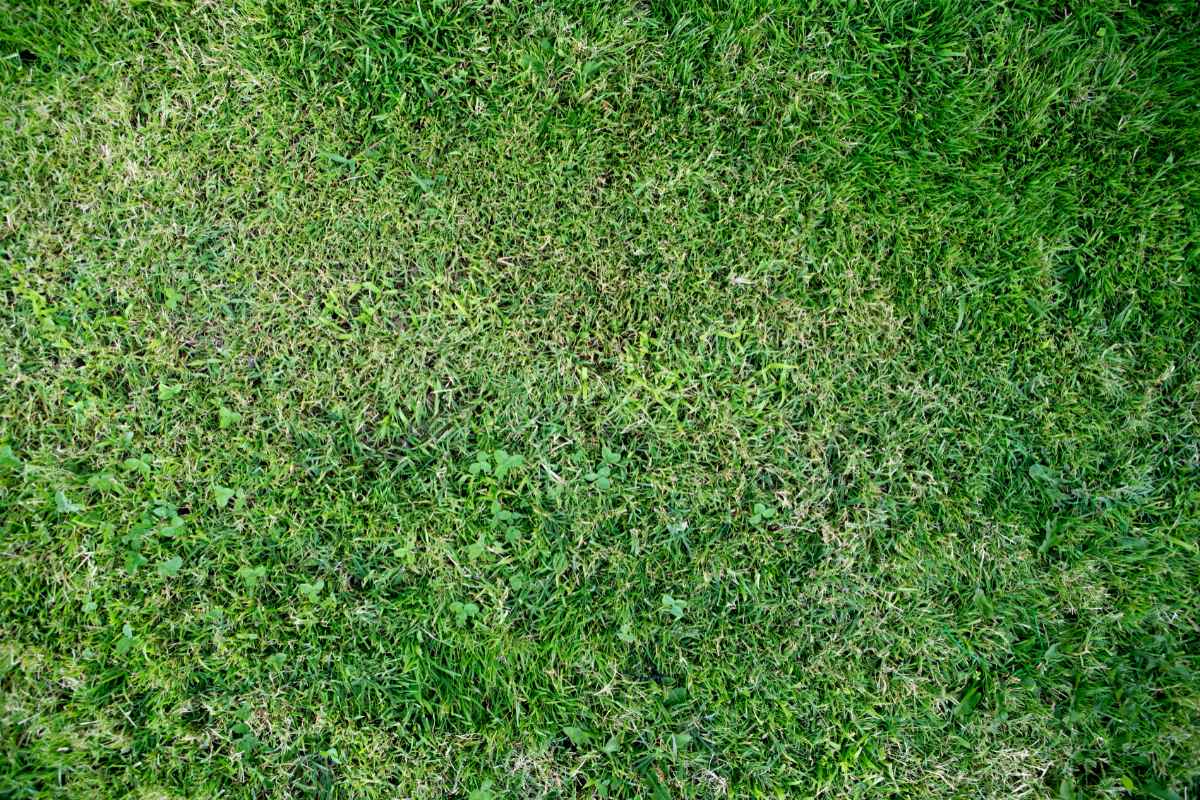
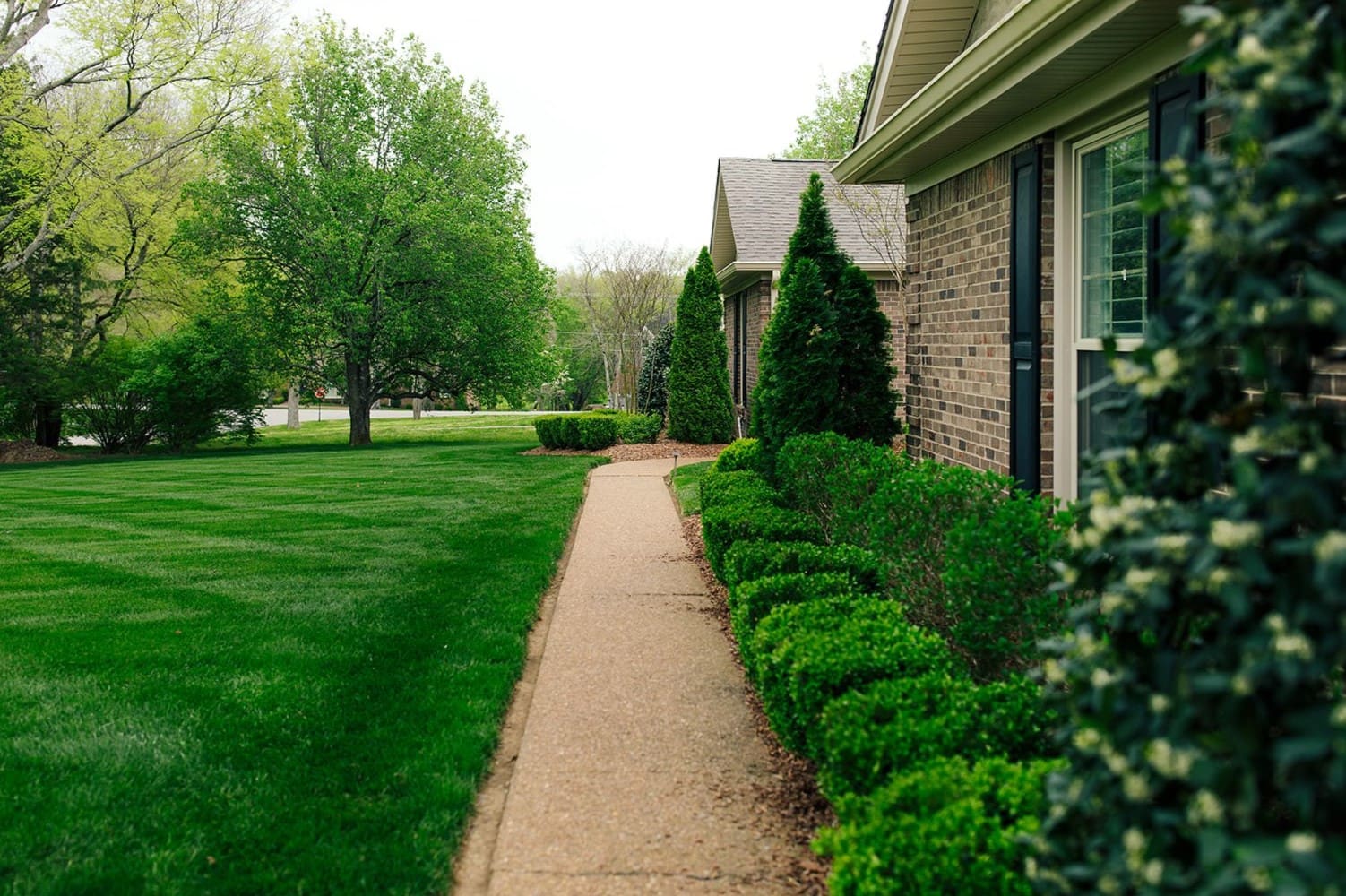
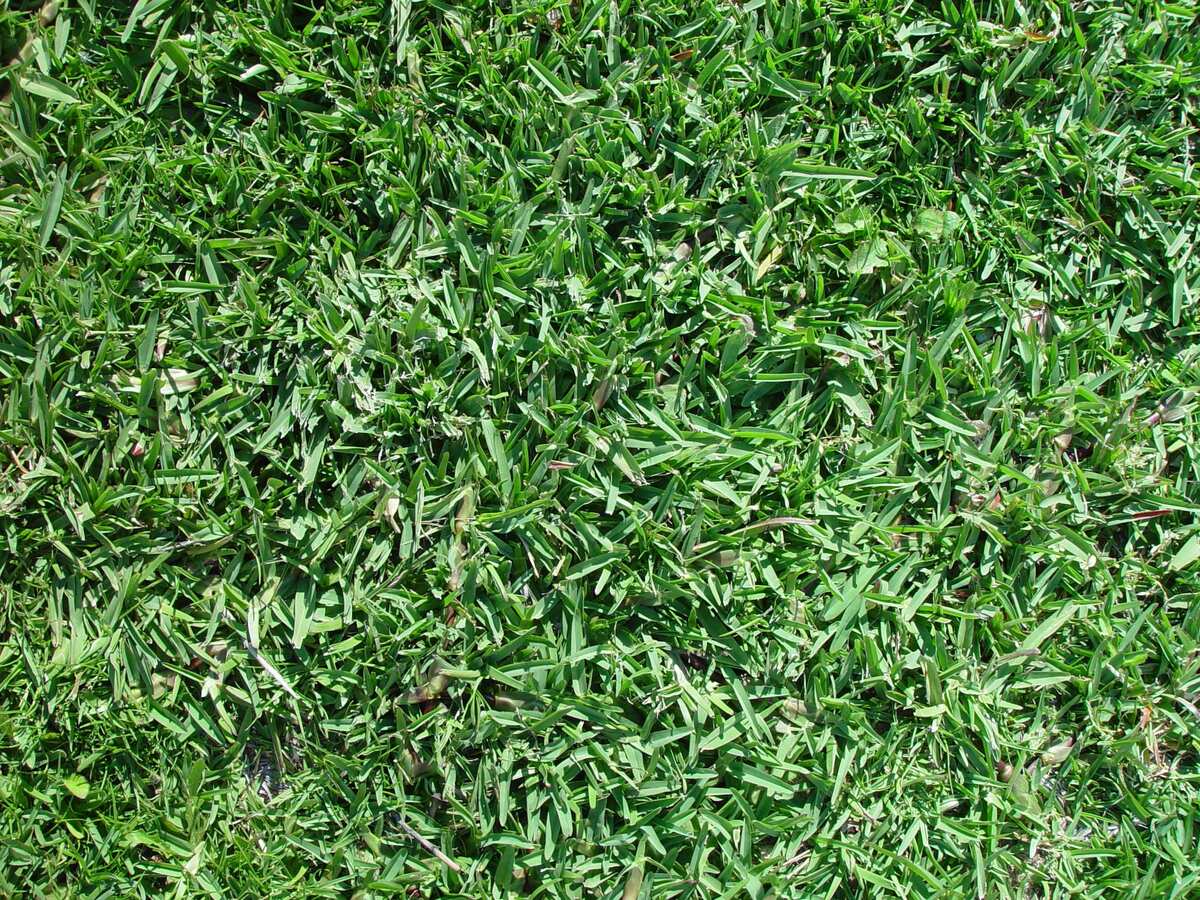
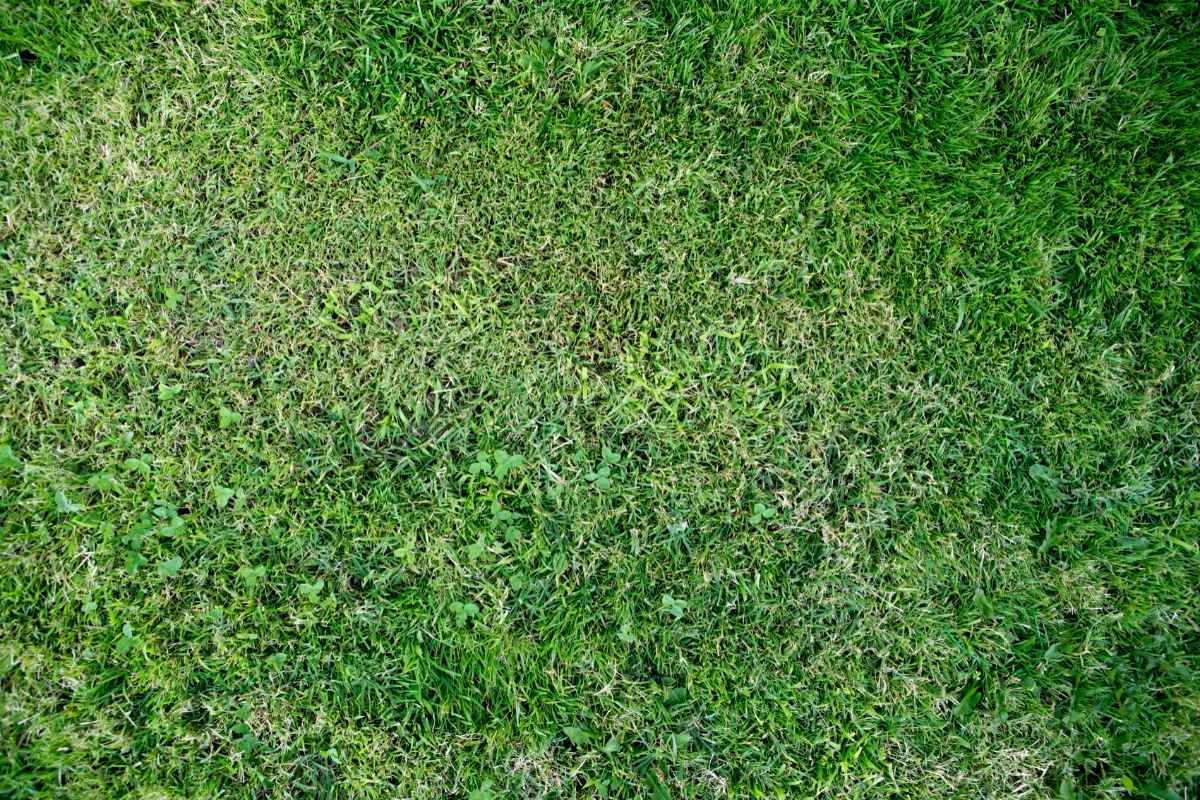
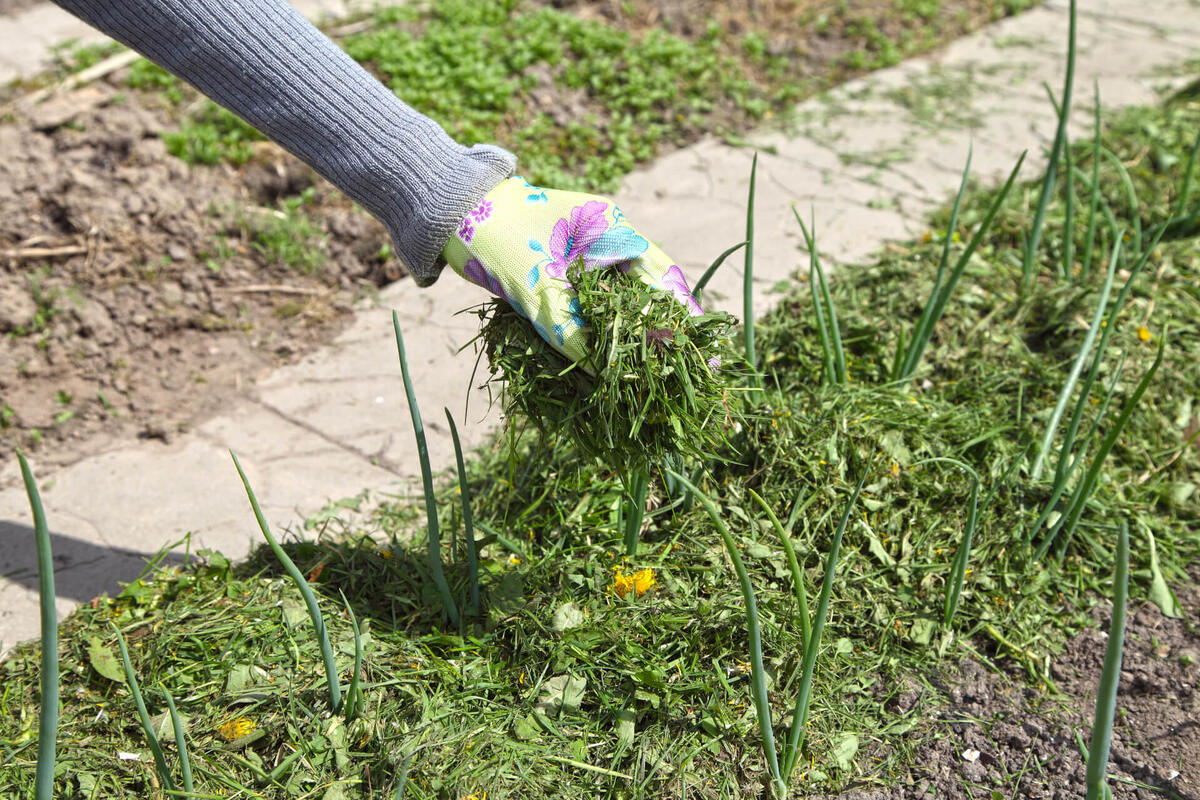
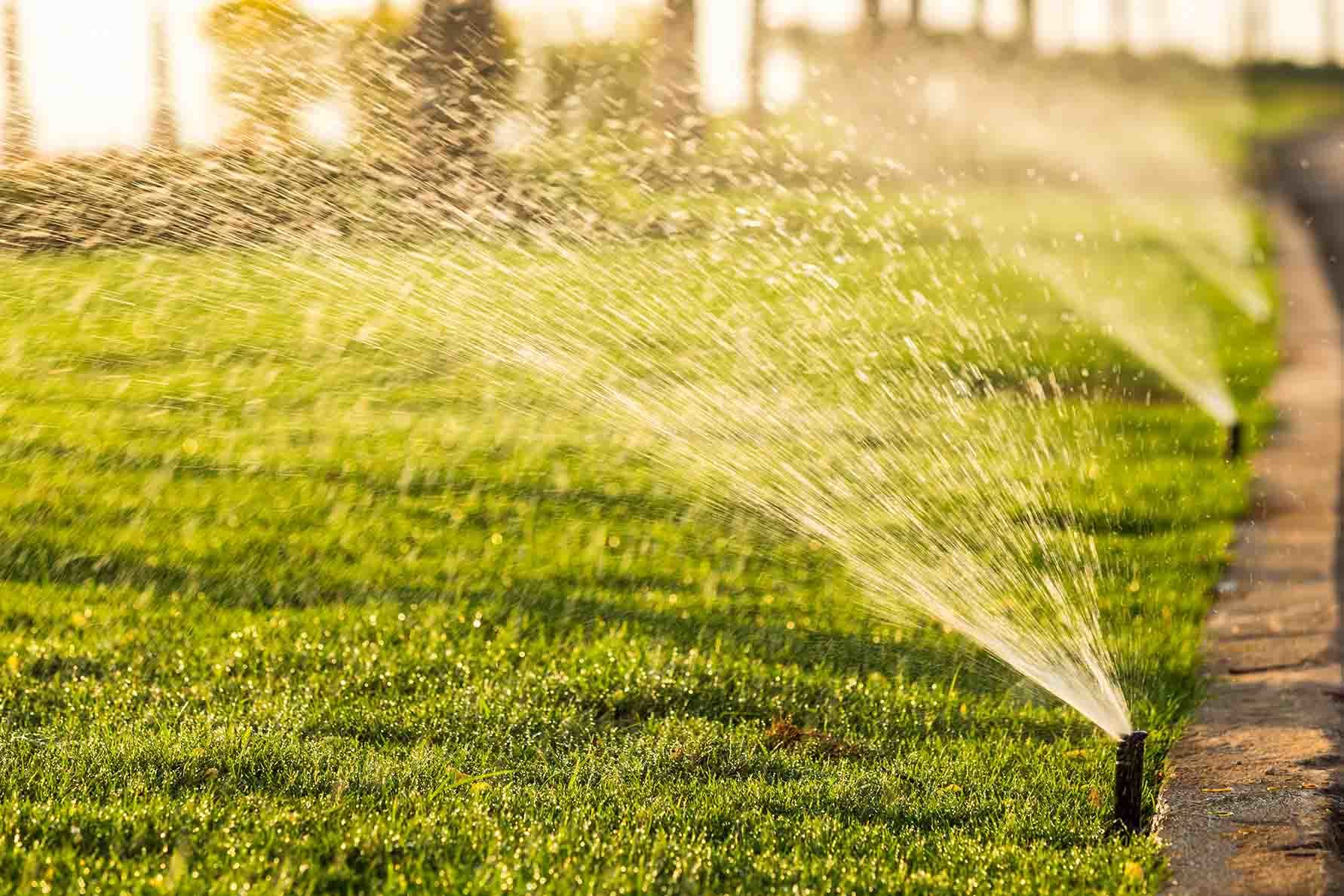
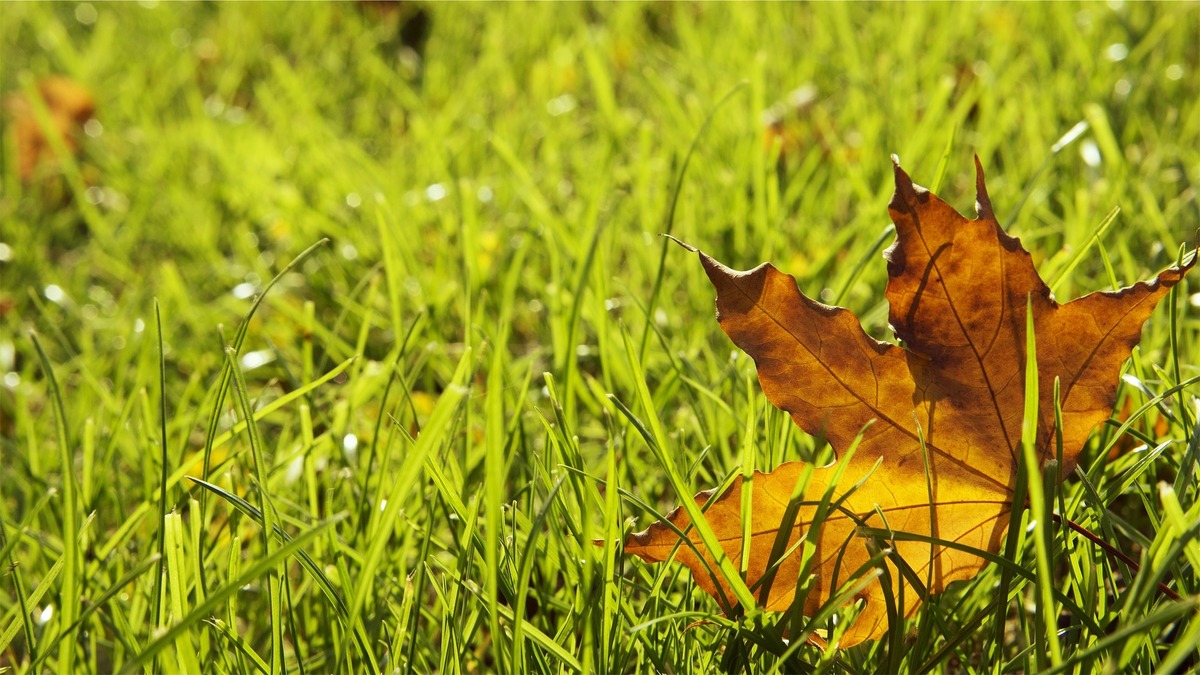
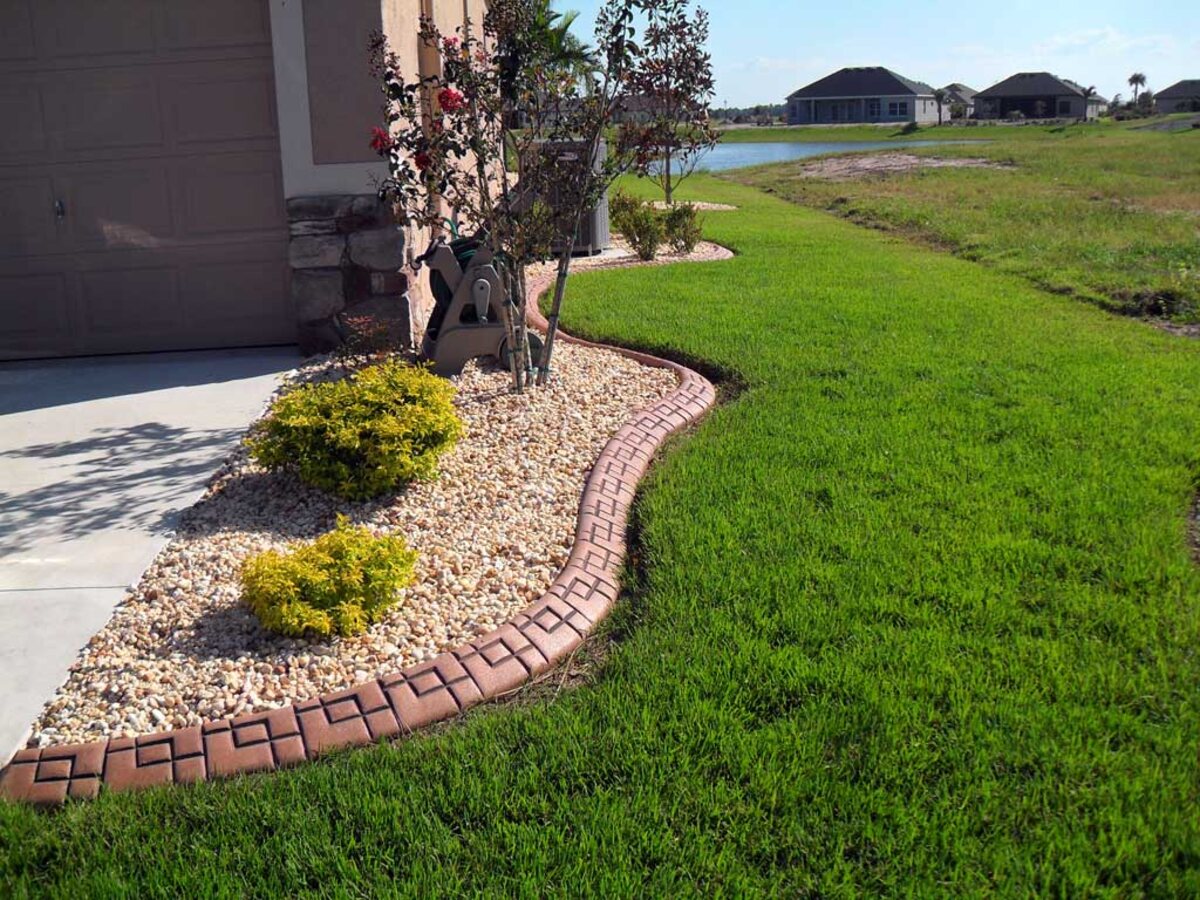
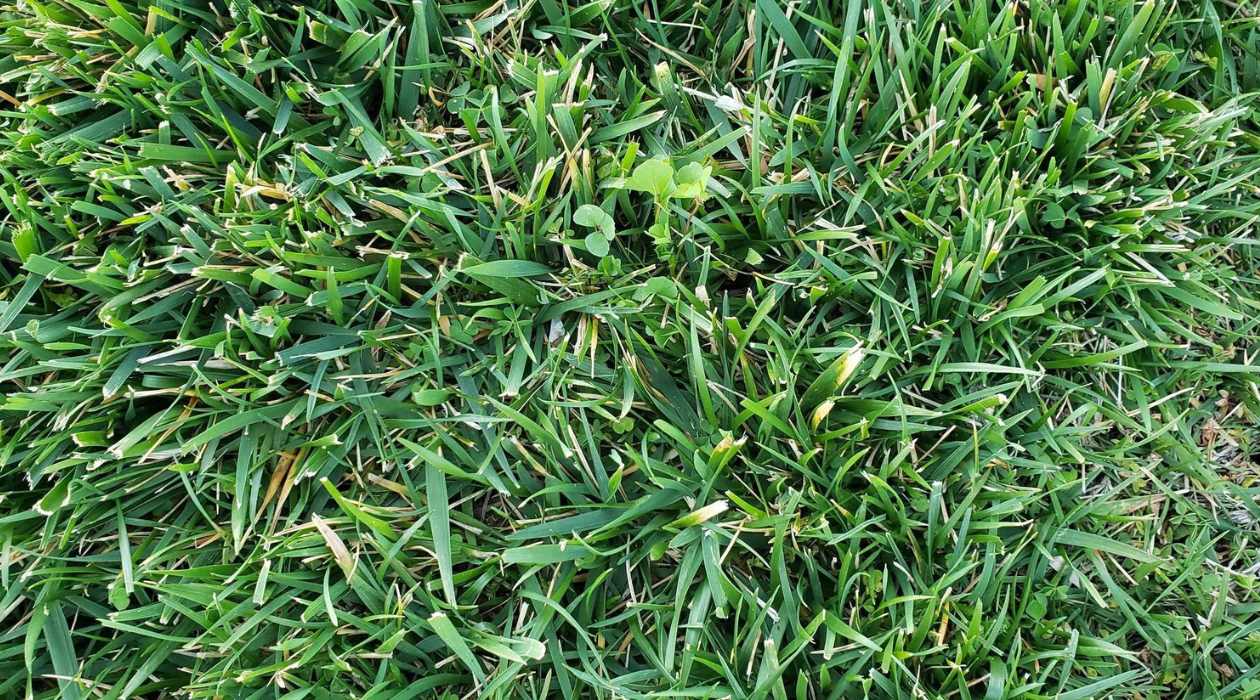
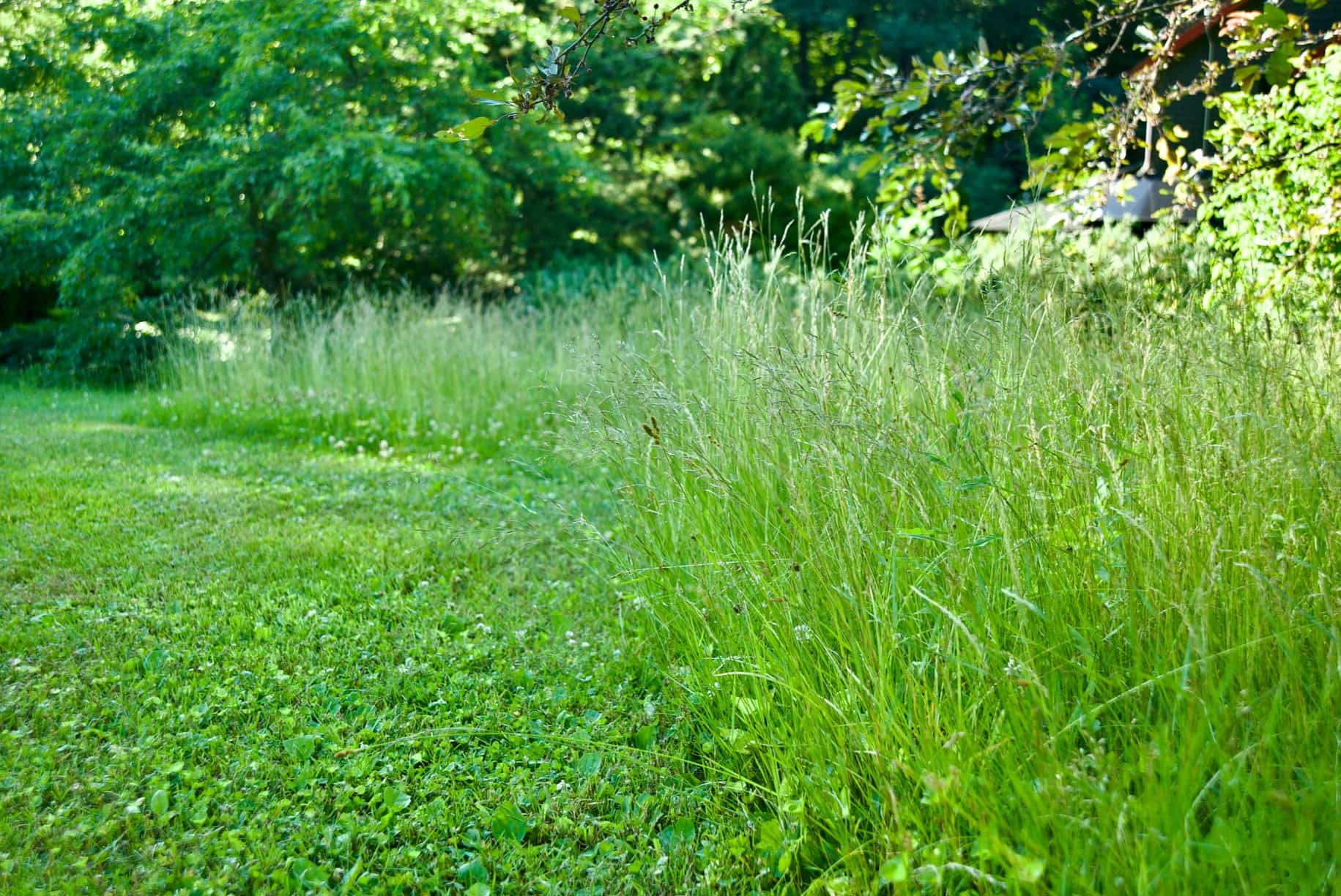
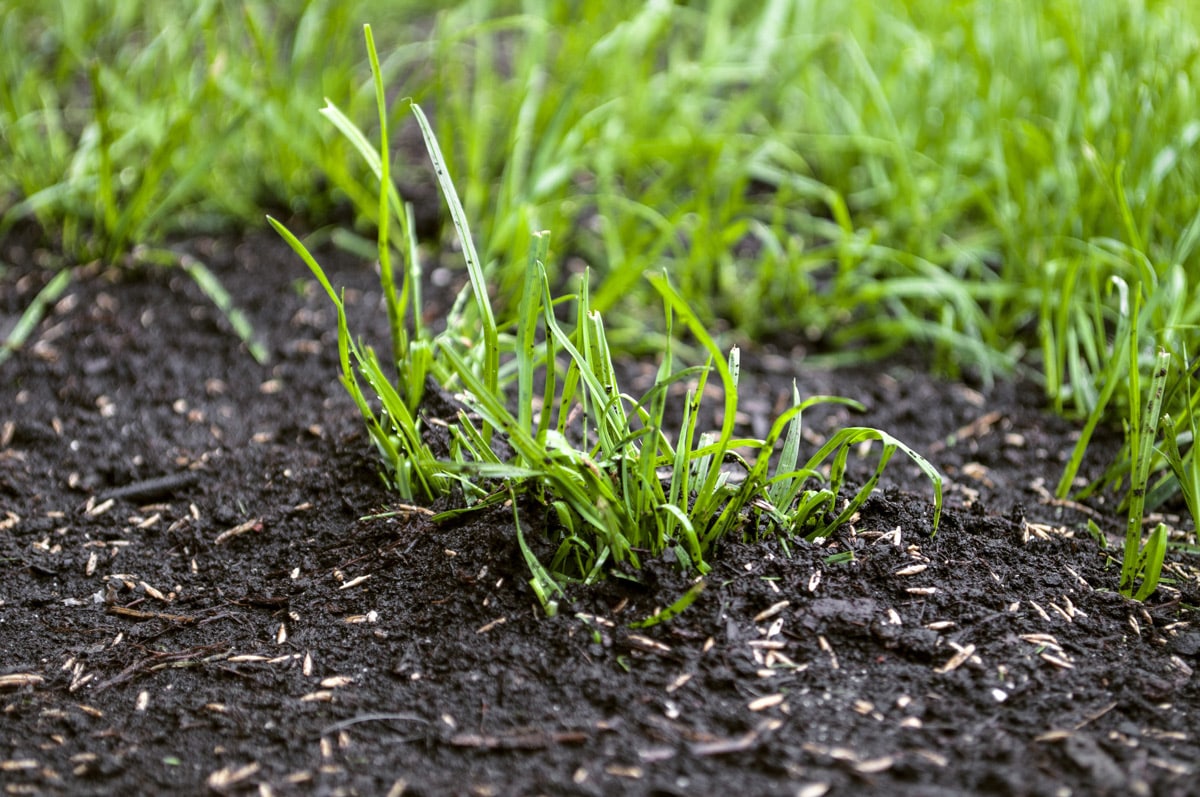
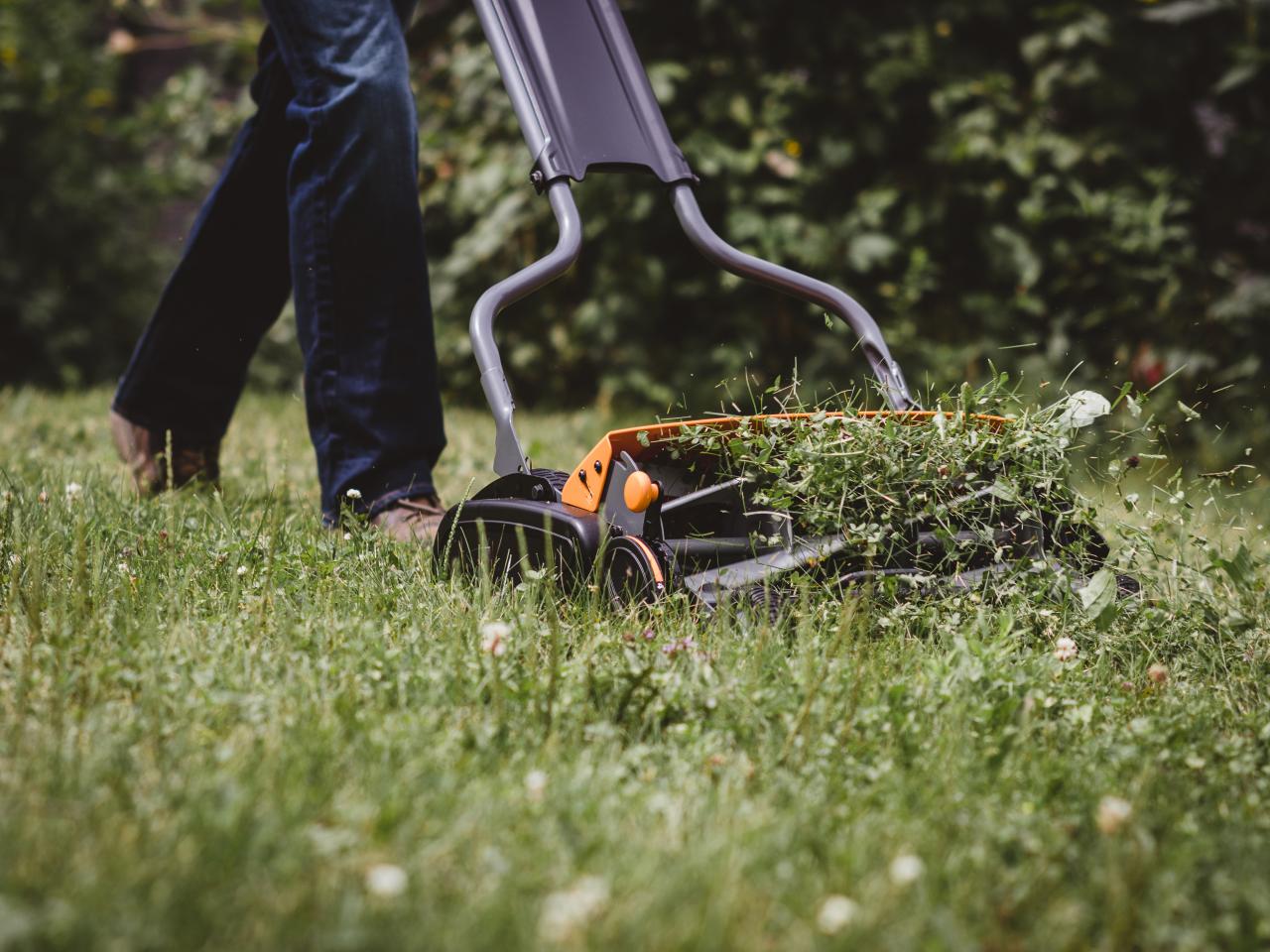
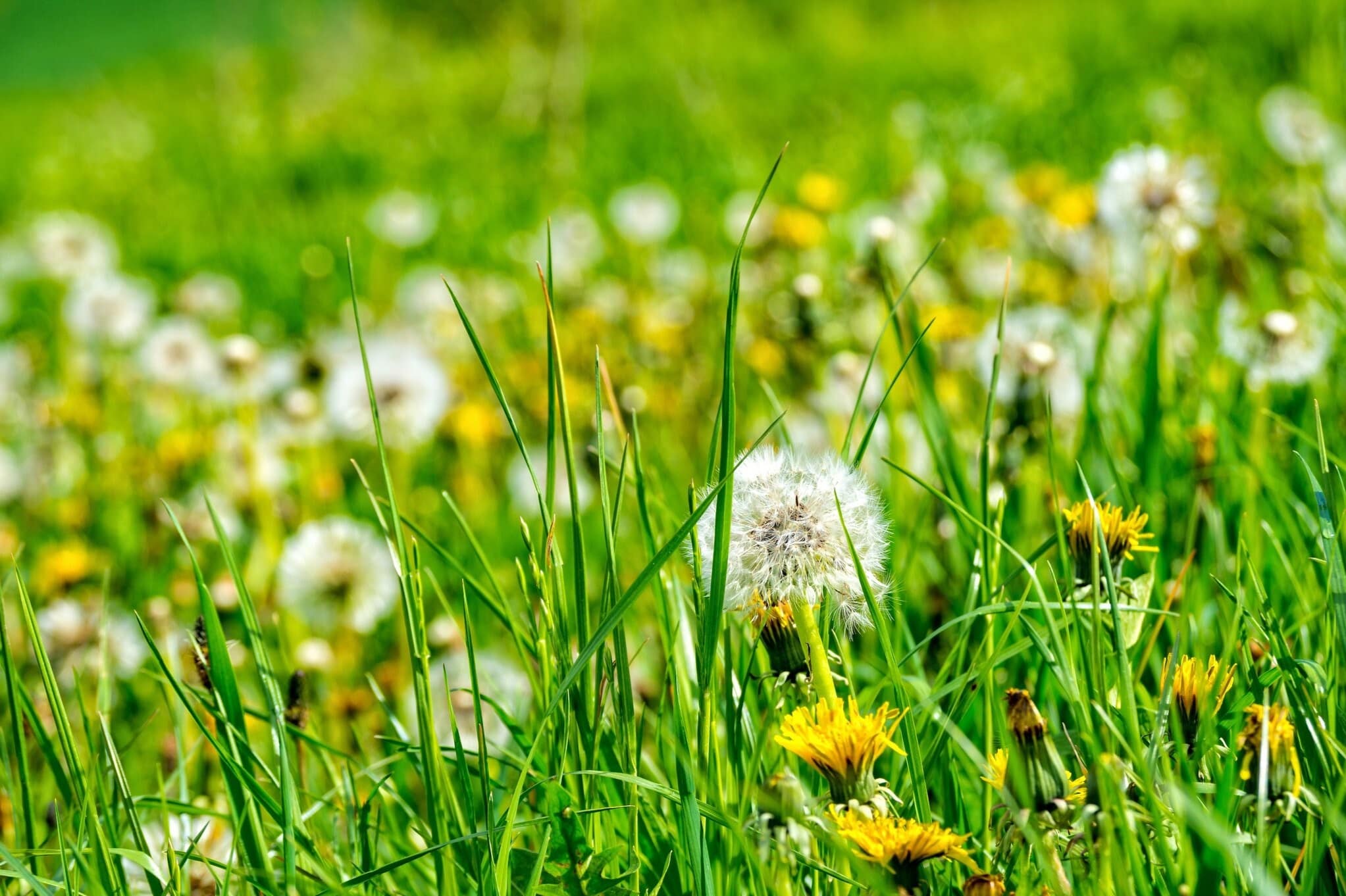
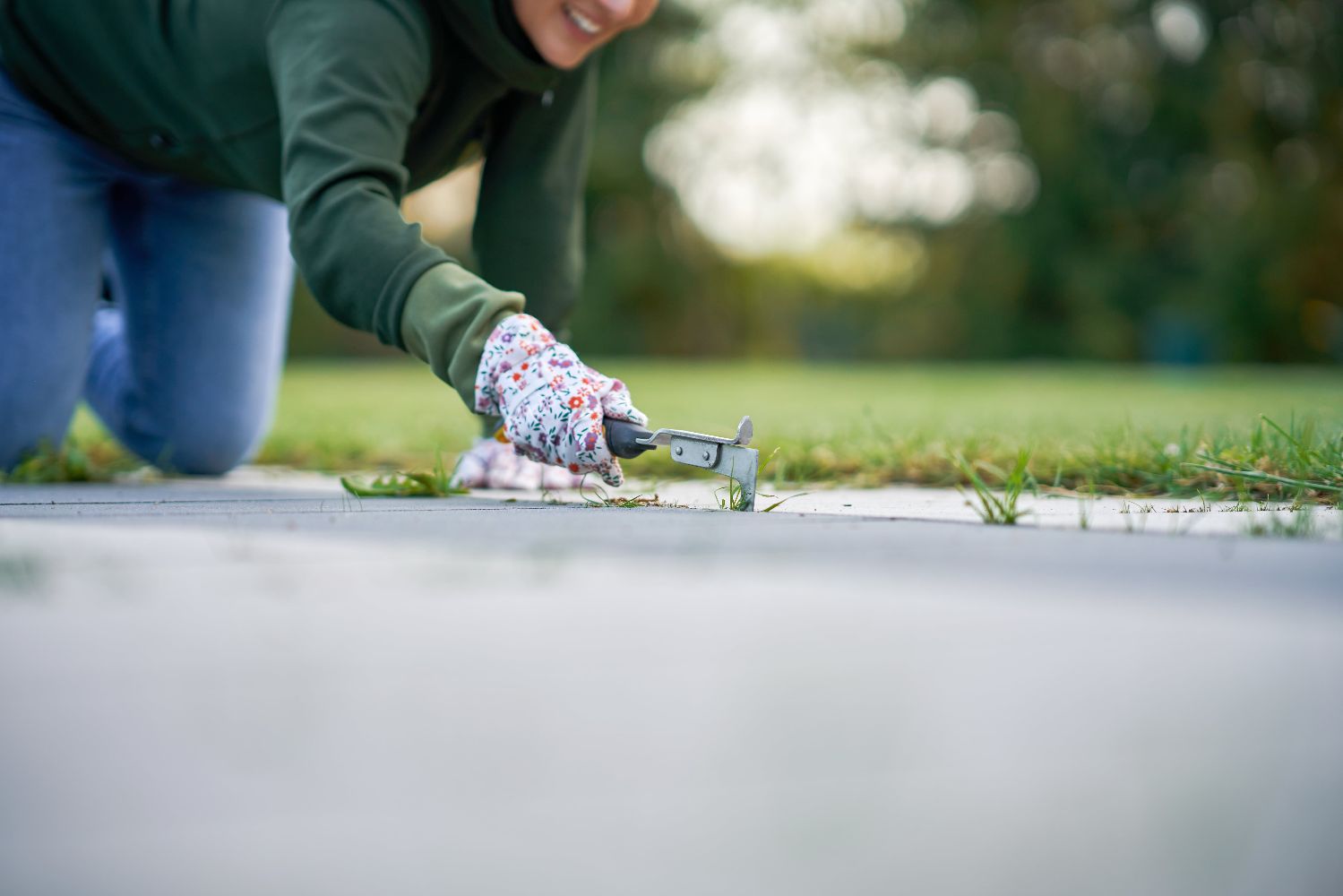
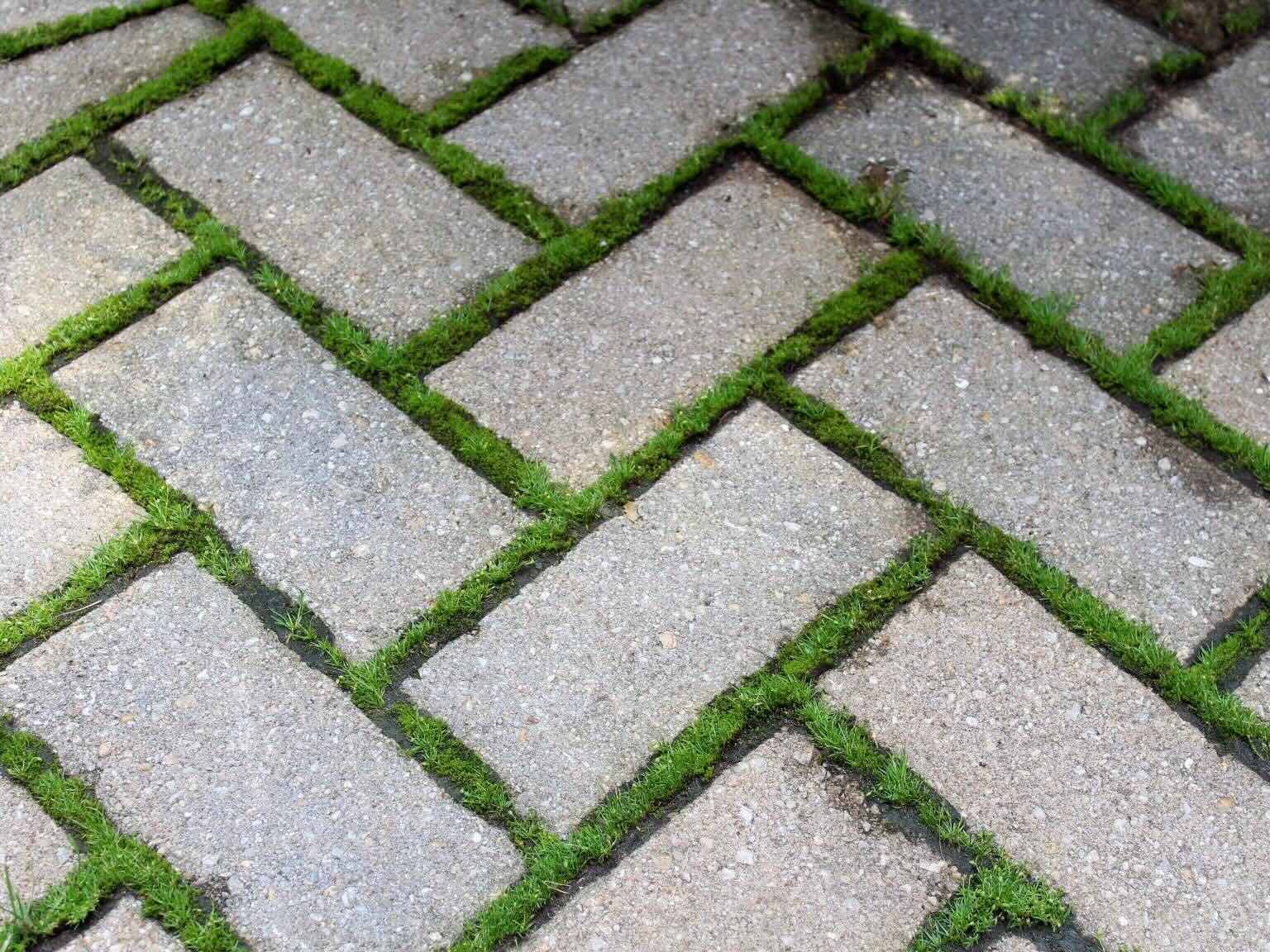

0 thoughts on “When Do Grass Stop Growing”